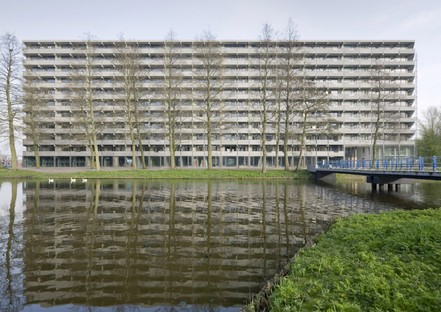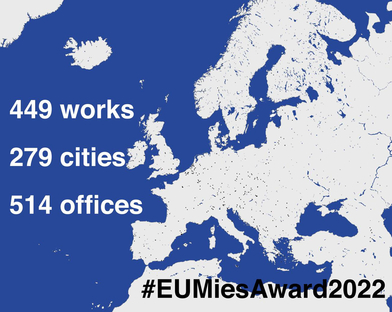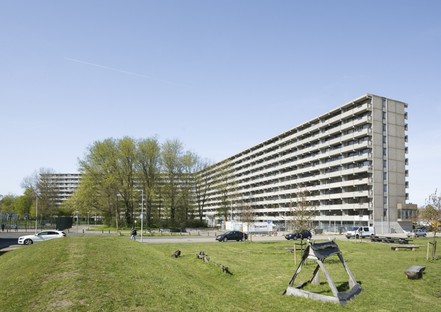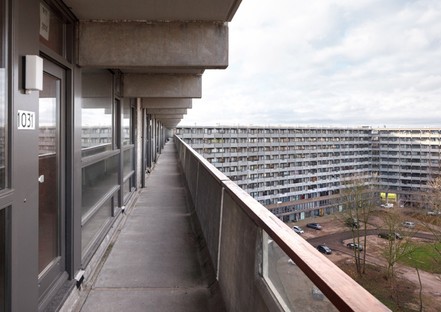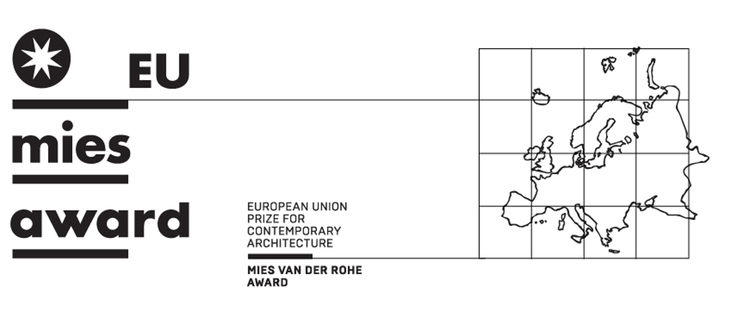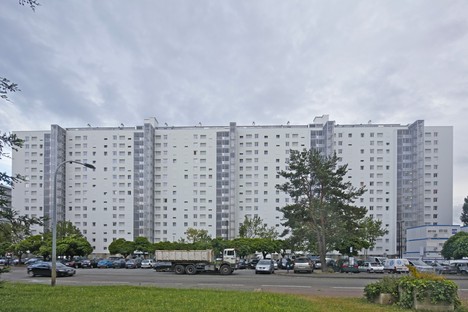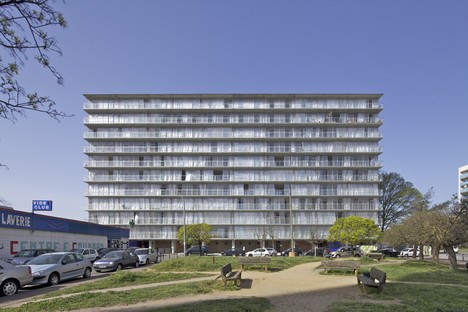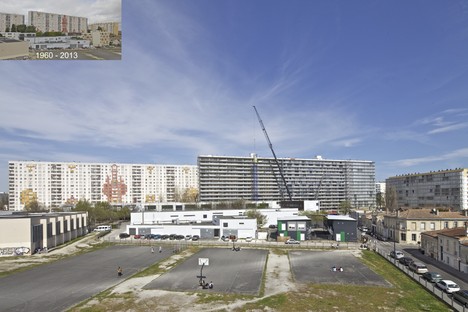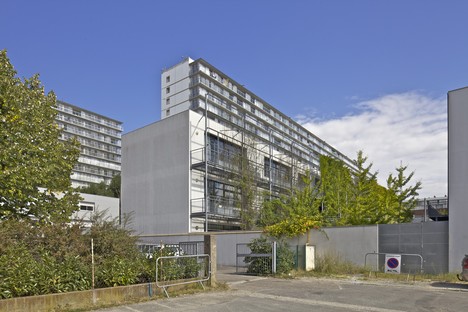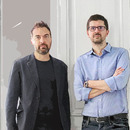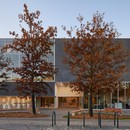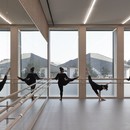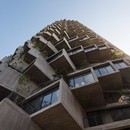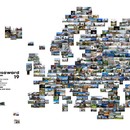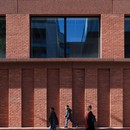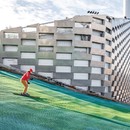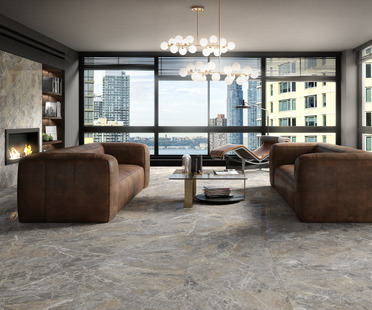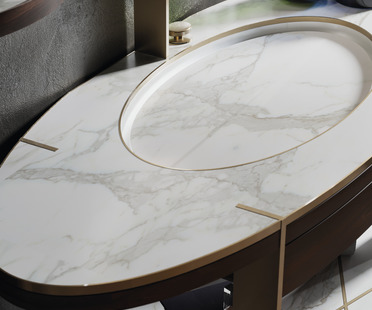05-02-2021
449 Architectural projects submitted for the Mies van der Rohe Award
Grafton Architects, NL Architects + XVW architectuur, BIG – Bjarke Ingels Group, COBE, Lacaton & Vassal architectes,
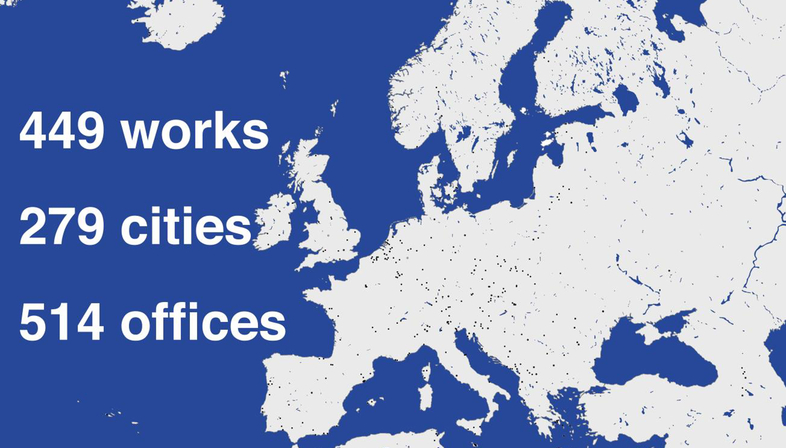
The Coronavirus pandemic and the restrictions on travel and movement for the duration of this situation of global uncertainty have resulted in cancellation and reorganisation of events all over the world, including the Mies van der Rohe Award, the European Union’s most important award for architecture, which has been postponed for a year to permit safe assessment of candidates’ projects. The list of 449 architectural projects submitted for the European prize was announced on February 2, and the judges now begin their lengthy task. The selection process (in the autumn of 2021 and the winter of 2022) will progressively narrow down the number of candidate projects, coming up with a list of five finalists by February 2022. The winner will be announced and the prize presented in the Spring of 2022 in the famous Mies van der Rohe Pavilion in Barcelona on EU Mies Award Day, marked by the opening of a travelling exhibition of selected projects.
Presenting the long list of candidates for the prize, Anna Ramos, director of Fundació Mies van der Rohe, emphasised that the European Union Award “shows that quality can be understood in many different ways but that it must always be connected to the present challenges with the environment and make cities and infrastructure more sustainable and resilient". The vast number of works submitted for the prize offers an interesting map of the state of European architecture, taking into account the fact that some of the workers were completed during the pandemic and many were commissioned during the world-wide economic crisis of 2007-2012.
The first fact that emerges is the type of construction: for the first time, the percentage of single houses represents the largest number of works commissioned and built, followed by collective housing complexes and educational structures. Residential complexes clearly outnumber the number of cultural facilities such as museums, theatres, art galleries and congress centres designed and built in recent years. This should come as no surprise, especially if we compare it with the results of recent editions of the award; in 2019, architectural studios Lacaton & Vassal architectes, Frédéric Druot Architecture and Christophe Hutin Architecture won the prize for their Transformation of 530 dwellings in Grand Parc Bordeaux, confirming a trend that was already apparent in 2017, when the Mies Van der Rohe Award was presented to the renovation of the deFlat Kleiburg housing development in Amsterdam, designed by NL Architects and XVW architectuur.
The consequences of the Covid-19 pandemic have simply reinforced a trend that was already underway: awareness of the need for high quality architecture in homes and the places where we effectively spend the majority of our time. Another consideration that emerges from the long list of projects submitted for the prize is the growing number of projects involving regeneration of existing constructions, whether they be extensions, transformations, restorations, or adaptive reuse projects. These account for one quarter of all the projects submitted, with a very high percentage in a number of countries such as Ireland, where 62% of the projects are of this type, or Belgium, where more than half of the candidate projects represent conversions of existing constructions. Taking a closer look at the architectural practices involved, the studio with the most projects nominated for the award is BIG Bjarke Ingels Group (Copenhagen) with 4 projects, followed by COBE (Copenhagen), DO Architects (Vilnius), Grafton Architects (Dublin) and Helen & Hard (Oslo and Stavanger).
(Agnese Bifulco)










